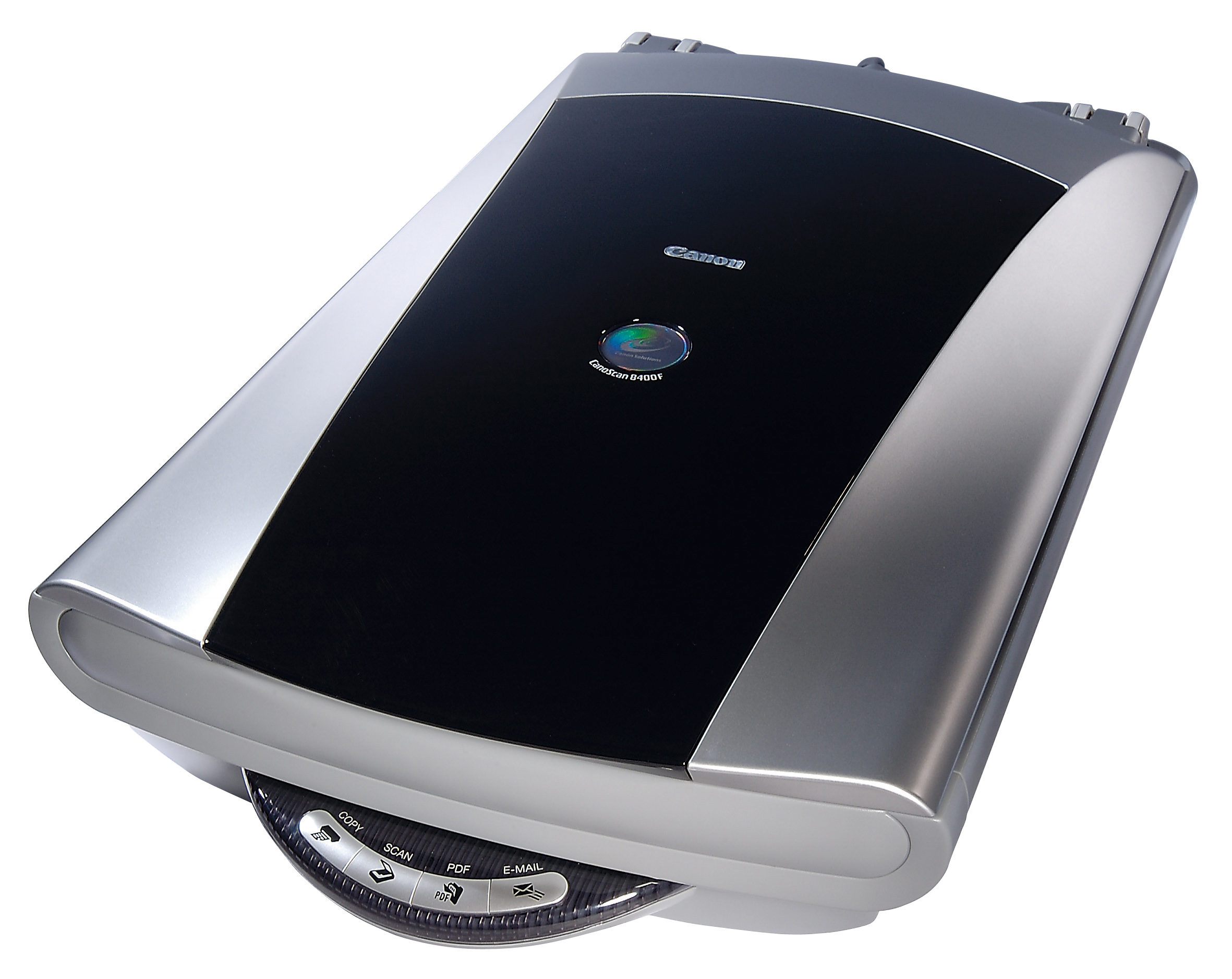TechRadar Verdict
Not ideal for the professional graphic artist, it makes a perfect scanner for a busy office
Pros
- +
Fast previews
Snappy neutral images
Good quick-launch buttons
Includes Photoshop Elements
FARE dust removal
Cons
- -
Slight red fringing
Why you can trust TechRadar
The CanoScan 8400F is the flagship of Canon's consumer flatbed scanning fleet - a rather imposing, bulbous-looking device that offers 3,200x6,400dpi of superb optical resolution. The scan area is a full A4 glass platen and there's also a built-in film adaptor that can handle up to a dozen 35mm frames at a time, as well as 6x6cm film. If you want to scan slides or negatives that are larger - such as 6x9cm - then you'll need to look elsewhere. For most people the 120 film limit will be fine.
The preview scans produced by the 8400F were speedy at just under four seconds for a full A4 page. A full 300dpi A4 colour scan took only 25 seconds and produced a very bright and neutral scan. However, we did notice rather a lot of red fringing on the image and although the result originally looked more sparking and slightly sharper than the one produced by rival scanners, the optical quality just wasn't quite in the same league.
When it comes to busting dust and scratches from film scans, the CanoScan 8200F has the latest Level 3 FARE technology. FARE stands for Film Automatic Retouching and Enhancement, and uses a similar infrared technology to Digital ICE. It does a pretty good job but we think that Digital ICE has the edge, especially as the version incorporated in the Epson Perfection 4990 can handle imperfections on paper originals as well as on film.
To the front of the 8200F are four quick-launch EZ buttons that can be set up via the CanoScan Toolbox software. We like the PDF button which automatically creates a PDF from a document in the scanner and saves it wherever you want. That's definitely a time-saver for any office. Mark Sparrow
Tech.co.uk was the former name of TechRadar.com. Its staff were at the forefront of the digital publishing revolution, and spearheaded the move to bring consumer technology journalism to its natural home – online. Many of the current TechRadar staff started life a Tech.co.uk staff writer, covering everything from the emerging smartphone market to the evolving market of personal computers. Think of it as the building blocks of the TechRadar you love today.
